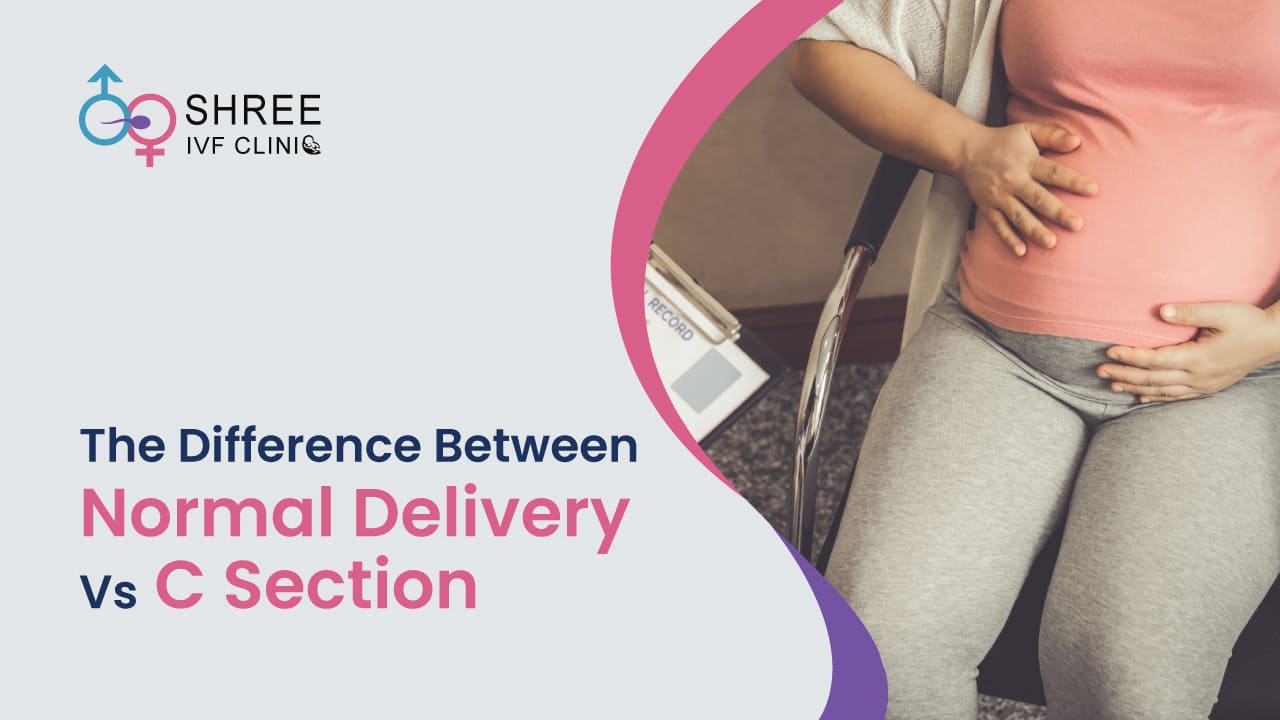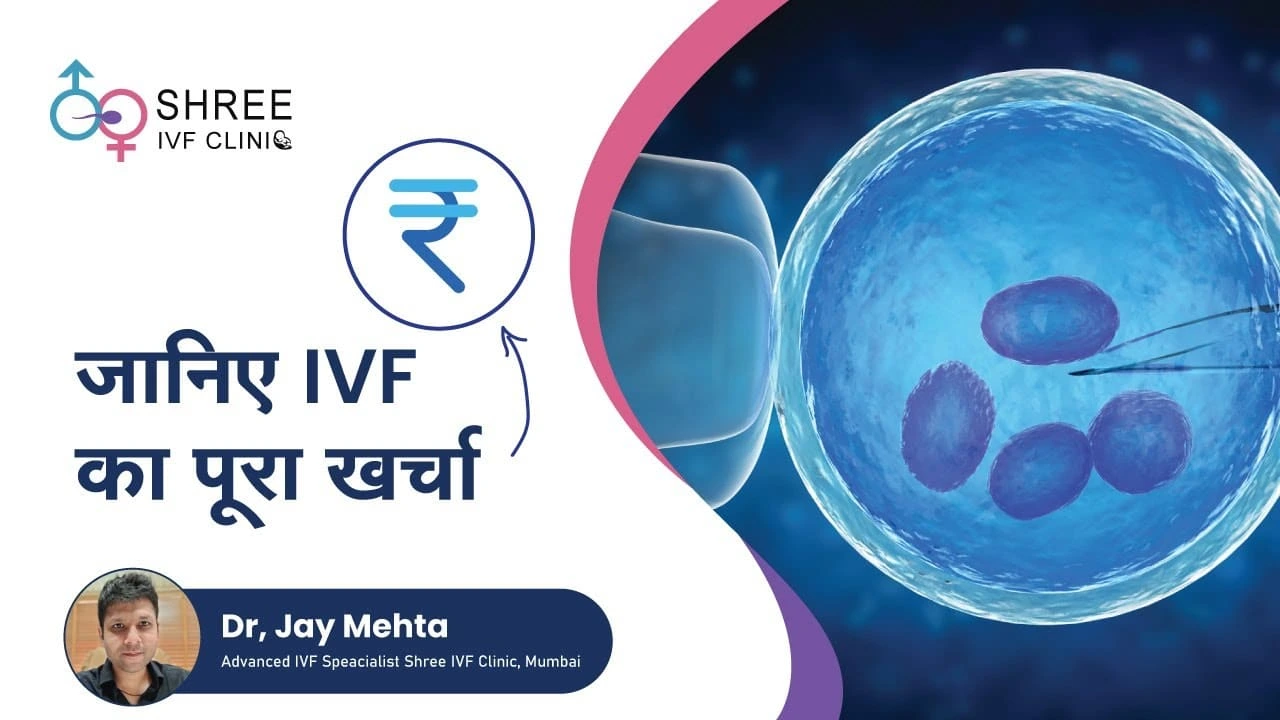The Difference Between Normal Delivery & C – Section Delivery
UPDATED ON 25 JUL. 2022
Overview
There are two ways to deliver a baby: through normal delivery or by c-section. Both have their own risks and benefits, so it’s important for pregnant mothers to understand the difference between the two procedures.
In this blog post, we’ll explore the differences between normal delivery and c-section, as well as the pros and cons of each procedure. We’ll also discuss when a c-section might be necessary. So if you’re pregnant and wondering about your delivery options, read on!

AUTHOR
Dr Jay Mehta
Scientific Director & IVF Specialist with 10+ years of experience
TREATMENT
CONDITION
GET IN TOUCH ON
Normal delivery
It is also known as vaginal delivery, and is the most common type of childbirth. In a normal delivery, the baby moves through the birth canal (vagina) and is born vaginally.
The benefits of a normal delivery including
- Shorter hospital stay
- Faster recovery
- Less pain medication needed
- Lower risk of infection
- More bonding opportunities with your baby immediately after birth
However, there are also some risks associated with vaginal delivery, including
- Perineal tearing (tearing of the tissue between the vagina and anus)
- Episiotomy (an incision made in the perineum to enlarge the vaginal opening)
- Uterine prolapse (when the uterus falls into the vagina)
C-section
Cesarean section is a surgical procedure in which the baby is delivered through an incision in the mother’s abdomen. C-sections are usually performed when there are complications with the pregnancy that make vaginal delivery unsafe.
The benefits of a c-section include
- Lower risk of uterine prolapse
- Less pain for the mother during delivery
- Fewer perineal tears
- Avoidable if future pregnancies are planned
However, there are also some risks associated with c-sections, including
- Longer hospital stay
- Higher risk of infection
- More pain after delivery
- Longer recovery time
- Blood clots
- Higher risk of complications in future pregnancies
So, what’s the difference between normal delivery and c-section?
In a nutshell, normal delivery is less risky for both the mother and the baby, but it does come with some risks. C-section is more risky for the mother, but it eliminates some of the risks associated with vaginal delivery.
As we’ve seen, there are both pros and cons to vaginal delivery and c-section. Ultimately, the decision of how to deliver your baby should be made between you and your obstetrician, taking into account your individual medical history and preferences.

5,140+
Google Reviews
397K+
subscribers
” Every individual and couple’s journey is unique, and
finding the right solutions tailored to their specific
circumstances can make all the difference “
When is a c-section necessary?
There are several circumstances in which a c-section might be recommended or even required. These include
- If the baby is in a breech position (bottom first rather than head first)
- If the mother has placenta previa (the placenta is low in the uterus and covers part or all of the cervix)
- If the mother has a history of c-section
- If the mother has an active herpes simplex virus infection
- If the baby is very large
- If the baby has a congenital abnormality that makes vaginal delivery unsafe
In some cases, a c-section might be recommended even if there are no medical complications. For example, if the mother is very overweight or if she is carrying twins. Ultimately, the decision of whether or not to have a c-section should be made between the mother and her obstetrician.
AUTHOR
Dr Jay Mehta
Scientific Director & IVF Specialist with 10+ years of experience
TREATMENT
CALL US 24/7 FOR ANY HELP
GET IN TOUCH ON
Share Article on
Recommended Reading
Hidden Cost of IVF Treatment
A single IVF cycle in India can cost anywhere from ₹1,50,000 to ₹2,25,000. Some clinics offer lower prices but may exclude medicines, freezing, and hatching from the package
Does Endometriosis Affect the Value of the Anti-mullerian Hormone (AMH)?
Yes, endometriosis can impact your AMH level by damaging the ovaries, fallopian tubes, and surrounding pelvic area.
Pain in Endometriosis
Symptoms of endometriosis include period pain, pelvic and back pain, painful sex, leg pain, and bowel discomfort. Pain can be chronic or intense




